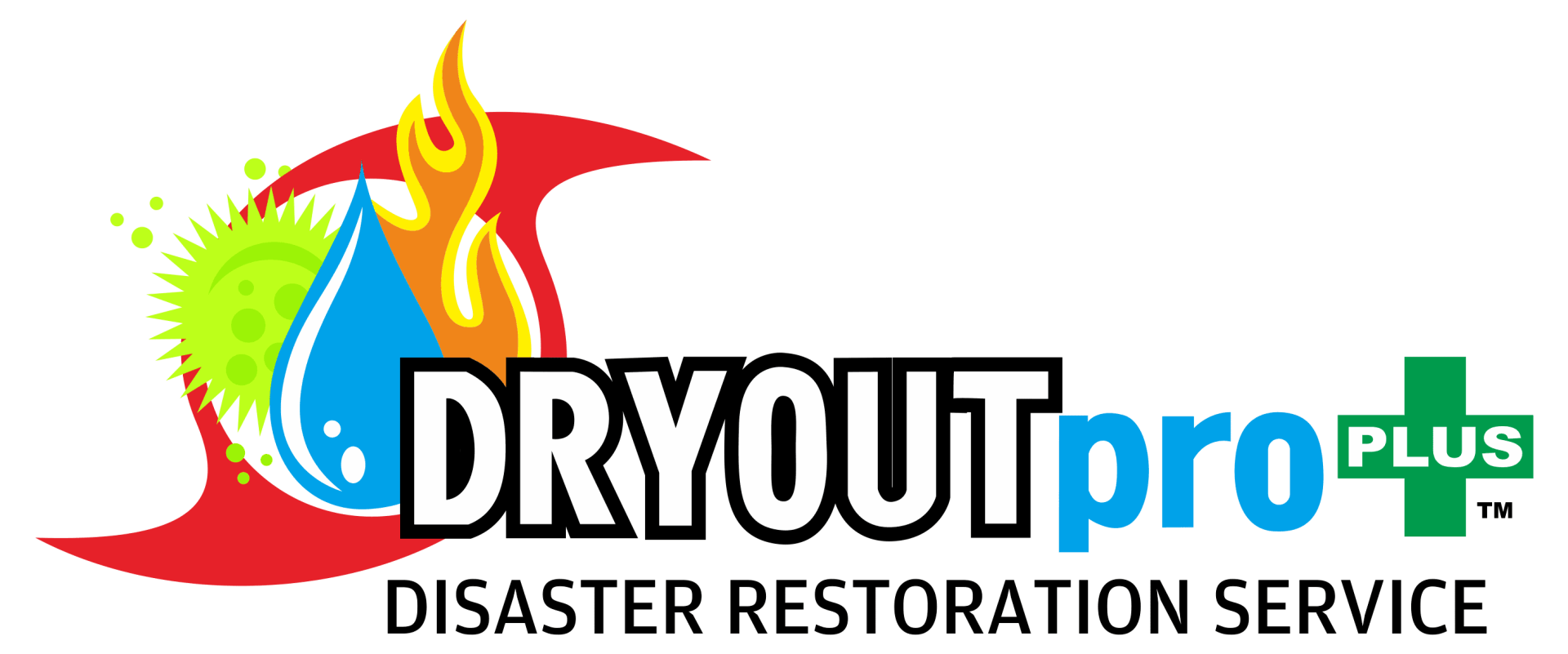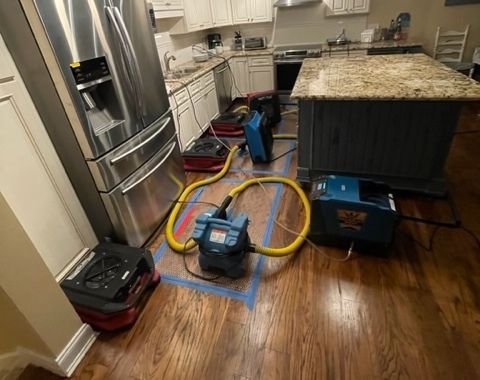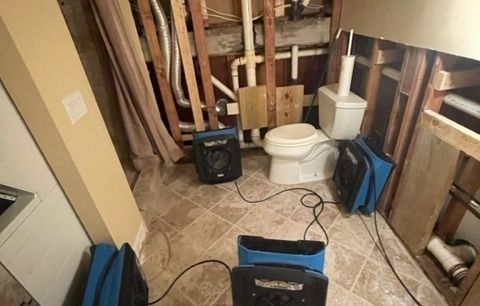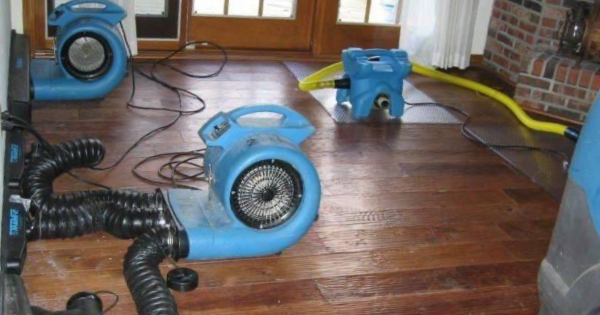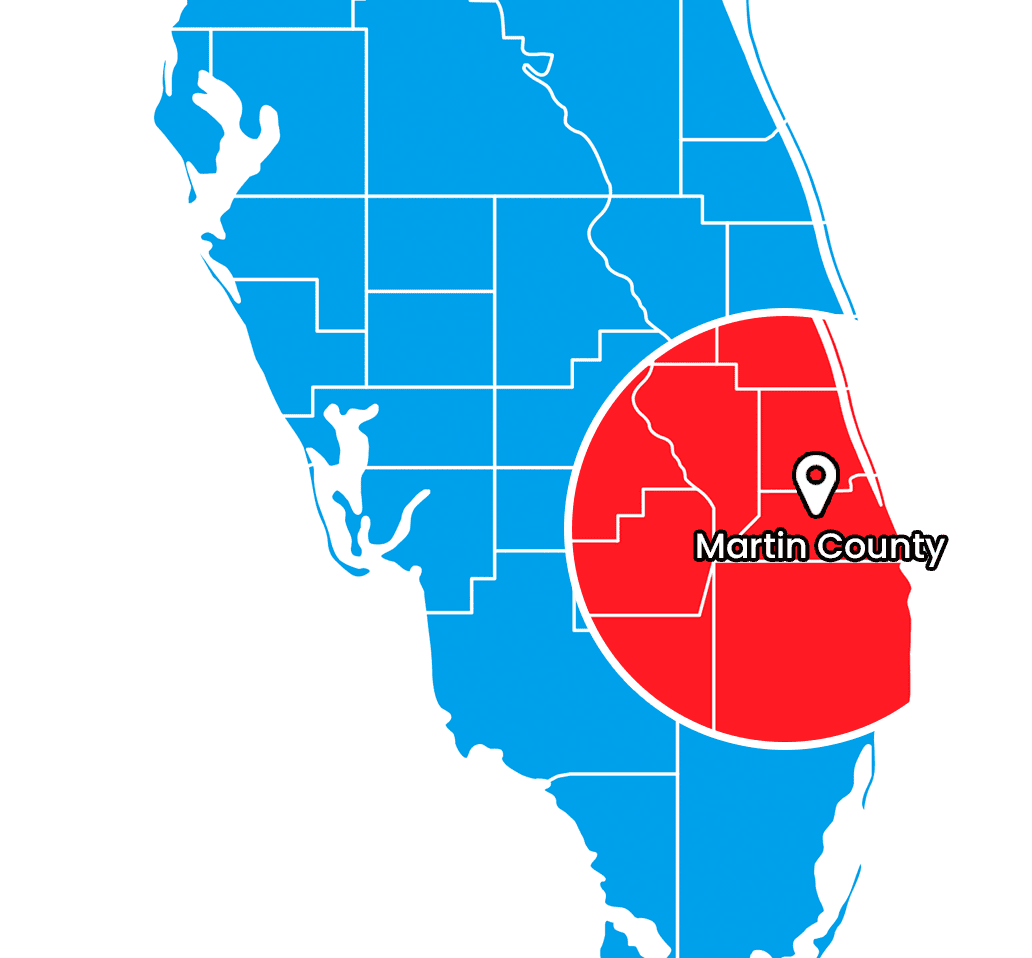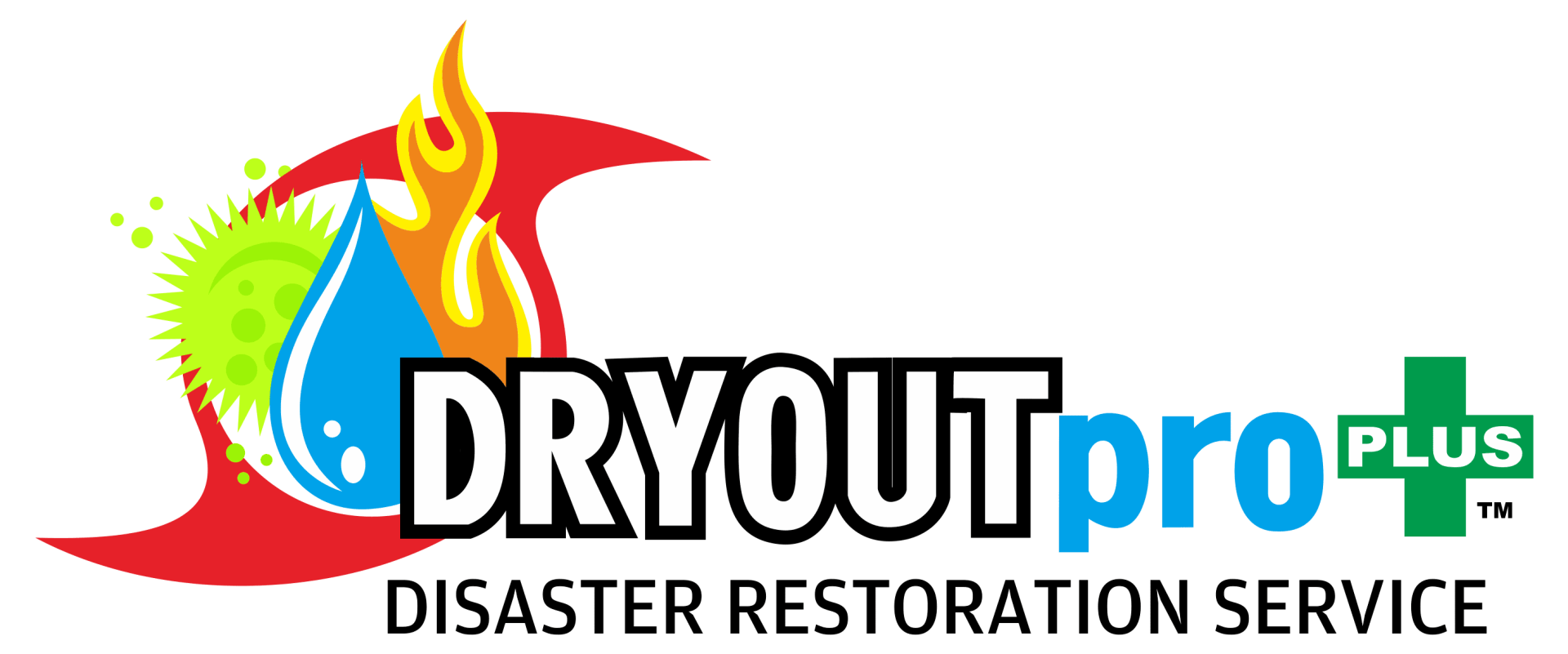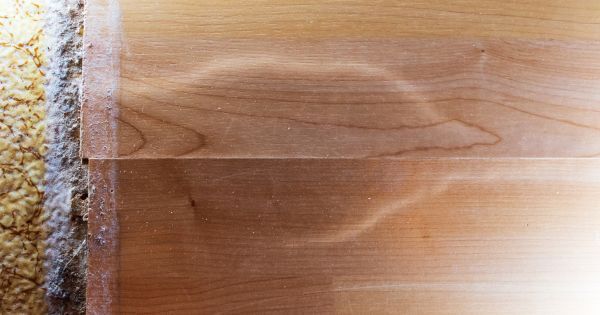
6 Signs of Water Damage Under Floor
March 5, 2024
Water damage can wreak havoc on your home, especially when it lurks beneath your floors. Often, it's not immediately visible, making detection tricky. However, being aware of the signs of water damage under floor can help you catch it early, preventing further damage and costly repairs. In our guide, we’ll walk you through the general signs as well as those specific to different flooring types. Besides that, we’ll cover the prevention tips and guidance on when to consider replacing the floors.
Signs of Water Damage Under Floor
From subtle discoloration to noticeable structural changes, here are six telltale signs that may indicate water damage beneath your floors. Being alert for these indicators can save you from costly repairs and preserve the integrity of your home.
- Visible Stains or Discoloration: Keep an eye out for dark spots, stains, or discoloration on your flooring material. These can indicate water seepage and moisture buildup underneath.
- Warped or Buckled Flooring: If your floors appear warped, buckled, or uneven, it could be a sign of water damage. This is particularly common in specific areas within a home that are more prone to leaking or flooding, such as basements, bathrooms, kitchens, or areas near plumbing fixtures.
- Musty Odor: A persistent musty smell, especially in areas with poor ventilation, can be a sign of mold or mildew growth resulting from water damage.
- Soft or Squishy Spots: Walk around your home and pay attention to any areas where the floor feels soft, spongy, or underfoot. This could indicate water damage weakening the structural integrity of the flooring material.
- Peeling or Bubbling: Notice any peeling, bubbling, or lifting of the flooring material? This can occur when water gets trapped underneath and causes the adhesive to weaken.
- Mold or Mildew Growth: Visible mold or mildew on the surface of your floors or along baseboards is a clear sign of excess moisture and water damage. Mold grows in damp environments and can spread rapidly if not tackled quickly.
Signs of Water Damage under Floor: Different Floor Types
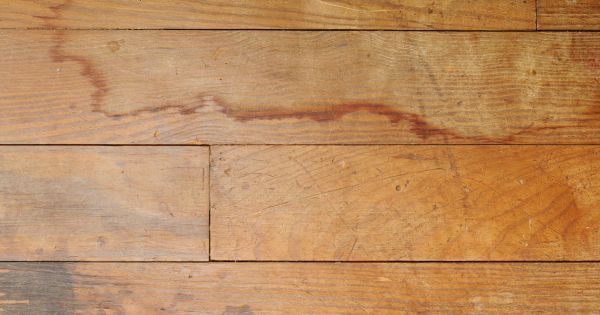
Water damage can affect various types of flooring differently. Here's how to identify water damage specific to different floor types:
- Hardwood Floors: Warping, buckling, or cupping of hardwood planks are clear indicators of water damage. You may even notice dark spots or discoloration on the surface.
- Laminate Floors: Laminate flooring may show swelling or expansion along the edges or seams when exposed to water. Discoloration and a musty odor are also common signs.
- Carpet: Waterlogged carpets feel damp or squishy to the touch. You may observe mold growth, an unpleasant smell, or visible stains on the carpet fibers.
- Vinyl Floors: Water damage in vinyl floors often manifests as bubbles, lifting, or curling of the vinyl sheet or tiles. Discoloration and mold growth may also be present.
- Tile Floors: Grout lines between tiles may become discolored or crumble due to water damage. Loose or cracked tiles and a spongy feel underfoot are also signs to watch out for.
Prevention Tips for Water Damage Under the Floors
Preventing water damage under your floors is essential for maintaining the structural integrity and aesthetics of your home. Stay ahead by taking steps to stop water from seeping in, keeping your floors safe and sound. From regular maintenance to strategic interventions, applying these prevention tips can help you minimize the risk of water damage and prolong the lifespan of your flooring.
- Regular Maintenance: Inspect plumbing fixtures, appliances, and the roof regularly for leaks or signs of wear and tear. Quickly tackle any issues to prevent water from seeping into the floors.
- Proper Ventilation: Ensure adequate ventilation in areas prone to moisture, such as bathrooms, kitchens, and basements. Use exhaust fans or dehumidifiers to reduce humidity levels.
- Immediate Cleanup: Clean up spills quickly and thoroughly to prevent water from seeping into the flooring material. Use absorbent materials like towels or a wet/dry vacuum.
- Sealants and Waterproofing: Apply sealants or waterproofing products to vulnerable areas like grout lines, seams, and joints to create a barrier against water seepage.
- Professional Inspection: Schedule regular inspections by a qualified contractor to identify potential issues early and fix them before they escalate into major problems.
When to Consider Replacing Water-Damaged Floors
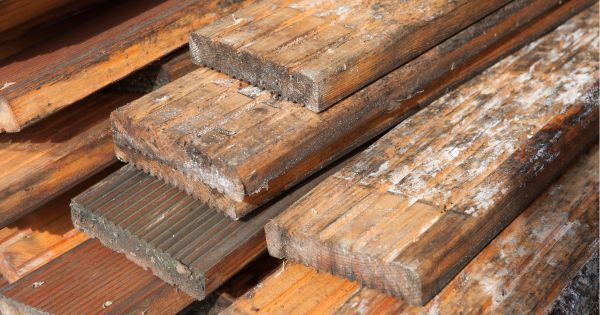
In some cases, water damage may require replacing the affected flooring entirely. Consider replacement if:
- The damage is extensive, affecting a large area of the floor: This means that the water has spread across a significant portion of the flooring surface, making it challenging to fully repair isolated areas.
- The structural integrity of the flooring material is weakened: This refers to situations where the floor becomes warped, buckled, or otherwise weakened due to water seepage, posing safety hazards. Replacement is needed to ensure a stable surface.
- Mold growth is present, posing health risks to occupants: When mold begins to spread on or beneath the flooring material, it can release harmful spores into the air, potentially causing respiratory issues and other health problems. Replacement is often necessary to fully eliminate mold and prevent its recurrence.
- Repair costs outweigh the cost of replacement: If the expense of repairing the water damage exceeds the value of the damaged flooring, opting for replacement may be a more economical choice in the long run. Besides, if multiple areas of the floor are affected, replacing the flooring can help avoid future issues associated with ongoing water damage.
By staying alert and knowing the signs of water damage under your floors, you can safeguard your home against potential disasters and enjoy peace of mind knowing that your floors are in good condition.
Contact DRYOUTpro PLUS, INC. for Professional Water Damage Restoration
If you suspect water damage under your floors, don't hesitate to seek professional assistance to recommend the appropriate course of action. At DRYOUTpro PLUS, INC., we are committed to providing you with top-notch water damage services! Our expert team is available 24/7 for your emergency services. Feel free to reach out to us at (772) 288-4222 or simply fill out a form online at our website. You can contact us anytime for a free estimate!
